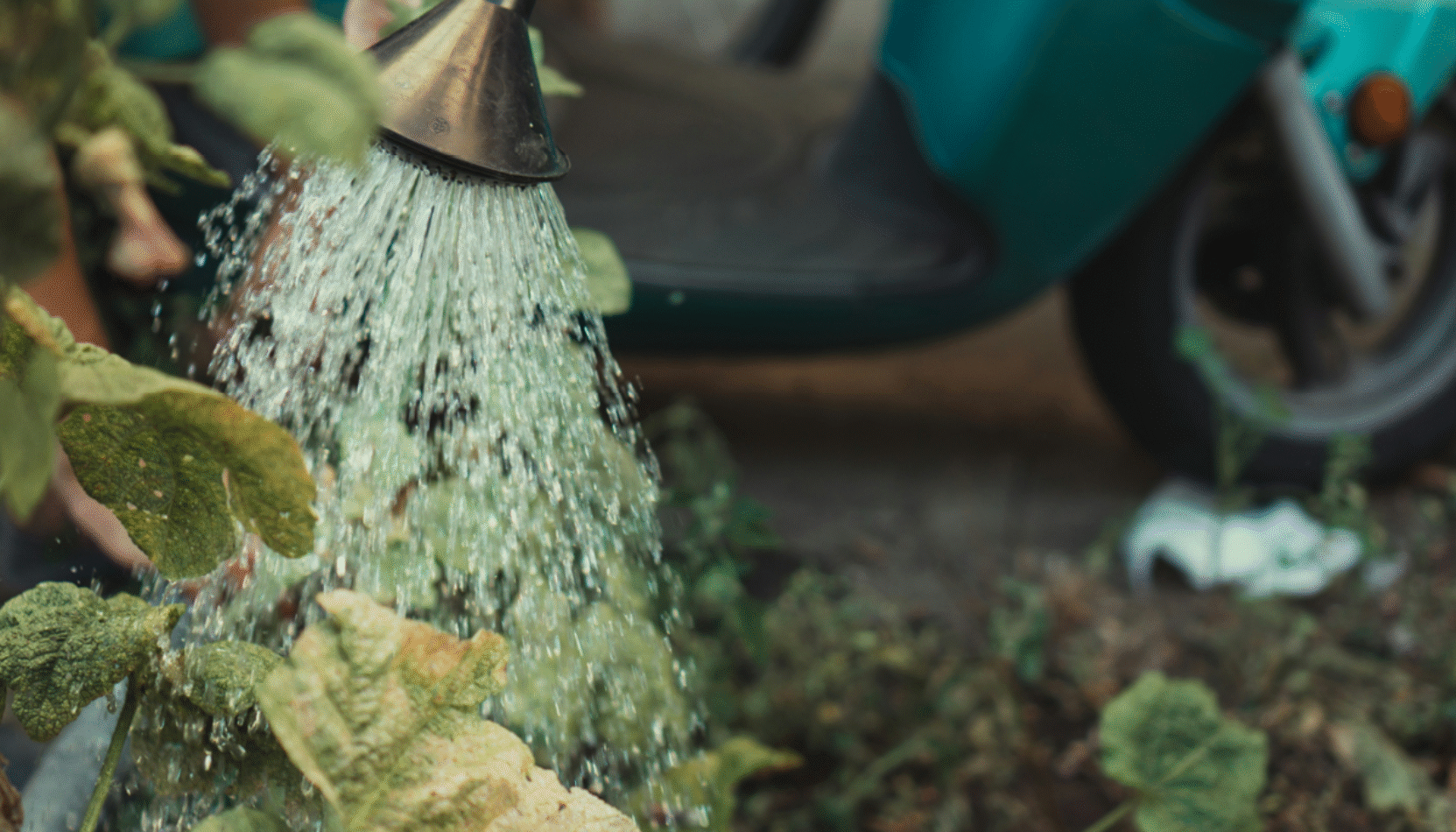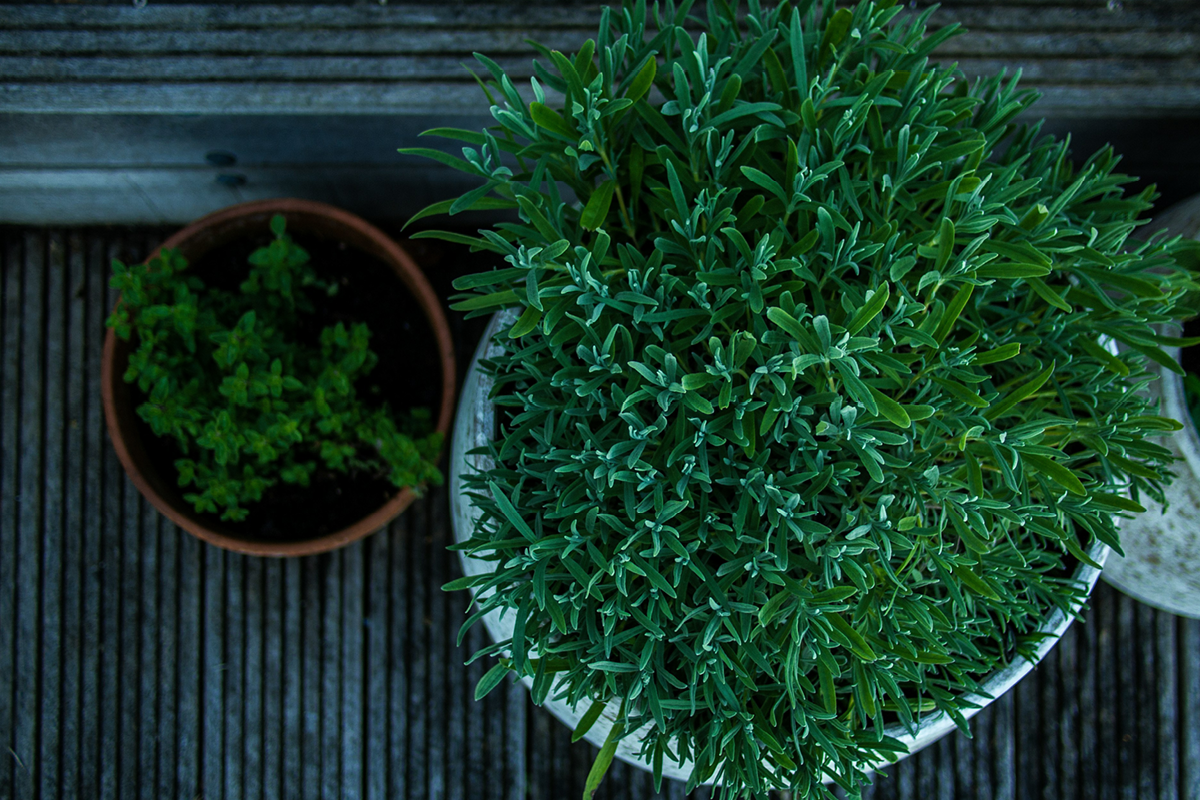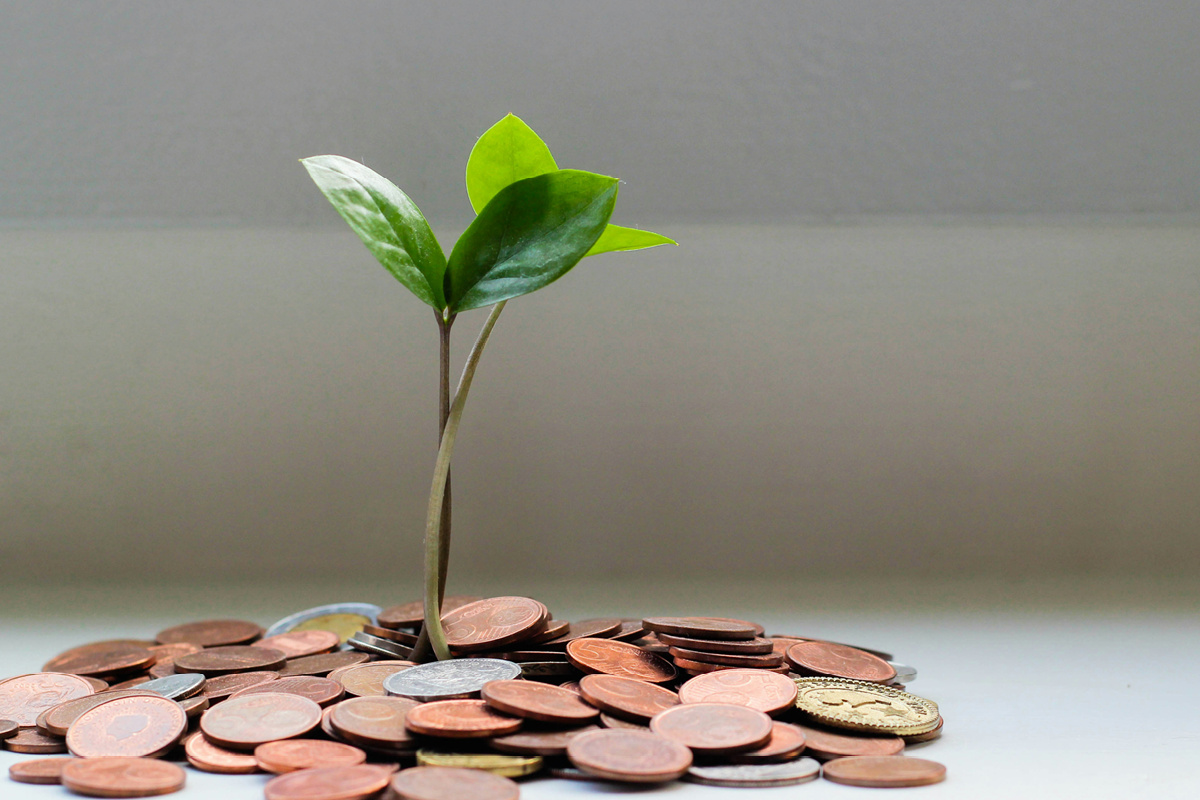HOW OFTEN SHOULD I WATER THE GARDEN?
Watering plants is a key task when it comes to keeping your garden healthy and thriving. But how often should you actually water them? The truth is that there is not one solid answer to this question, and your watering schedule may need to differ based on many different factors.
Too much water can drown the roots of your plants and lead to the soil becoming waterlogged, whereas too little can cause unnecessary stress, leading plants to die out. Here, gardening expert Harry Bodell at PriceYourJob.co.uk provides the ultimate guide to help you adjust your watering schedule and find the right routine for your garden.
Understanding the Basics of Garden Plant Watering
The Role of Water in Plant Growth
Water is essentially the fuel that keeps plants alive, working along with other factors such as sunlight and good-quality soil. It helps plants to make food through photosynthesis, absorbs nutrients from soil, and keeps cells healthy. Without enough water, plants are unable to grow strong or resist pests and diseases.
How Plants Absorb Water
Roots absorb water from the soil, and the moisture level at different depths affects how well they are able to do this. Shallow watering only wets the surface, while deep watering reaches roots, encouraging healthier growth. In order for plants to stay strong and lush, water needs to reach the roots evenly.
The Consequences of Overwatering and Underwatering
Overwatering can lead to root rot and fungal issues, and signs include yellowing leaves and a soggy smell in the soil. Underwatering causes plants to wilt, turn brown, or drop leaves. Maintaining consistent soil moisture promotes better growth and reduces plant stress.
Factors That Influence How Often You Should Water
Climate and Weather Conditions
In the hot, dry summer months, plants will require more frequent watering. In more humid or rainy weather, this need will lessen as rain does the job naturally. During a heatwave, watering may be needed every day, whereas in winter or rainy spells, watering may only be needed once a week or less. Understanding your local climate and weather conditions is key to adjusting your watering schedule.
Soil Type and Drainage
Sandy soil drains quickly, meaning water passes through fast, and plants may need more frequent watering. Clay soil retains moisture longer but can also become waterlogged, posing the risk of root problems. Loamy soil is ideal, holding enough moisture without becoming waterlogged.
To determine your soil’s drainage, a simple test can be conducted. Dig a small hole, fill it with water, and see how fast it drains. It is also a good idea to improve soil with organic matter and mulch to enhance water retention or drainage as needed.
Plant Type and Growth Stage
Vegetables often need regular watering, especially in dry conditions, and perennials and shrubs might need watering once a week once established. Young plants and seedlings require more water because they are still growing, whereas older trees might only need deep watering a few times a month. Check plant labels carefully for specific watering instructions related to that particular species.
Container vs. Ground Planting
Potted plants dry out faster than those planted in garden beds because of the limited volume of soil. They will need frequent watering, sometimes daily, depending on the pot size and weather. Make sure pots have drainage holes to prevent water from puddling at the bottom, and regularly check moisture levels with your finger or a moisture monitoring tool.
Tips for Watering Garden Plants Effectively
How to Determine When Your Plants Need Water
The easiest way to check this is to stick your finger into the soil about two inches deep. If it feels dry, this is a sign it is time to water your plants. Observe your plants carefully and look for signs such as wilting, drooping leaves, or dry soil that indicate they need watering. Don’t wait until plants look badly stressed – regular checks keep them healthy.
The Optimal Time of Day to Water
Early morning is best for watering as the cool morning air allows water to soak into the soil and be absorbed by roots. This also gives plants the chance to dry off during the day, reducing the risk of disease. Watering late in the day, especially at night, can leave moisture sitting on leaves and soil, creating the perfect invitation for fungi, so it is best avoided.
Watering Techniques and Methods
Deep watering encourages roots to grow downward, making plants sturdier, whereas light, frequent watering keeps only the surface moist and can promote shallow roots. Methods such as drip irrigation, hose pipes, and sprinklers can help to provide consistent watering. If you do not have time to manually set these systems on a regular basis, automate them with timers to maintain a steady routine.
Monitoring and Adjusting Your Watering Routine
Signs Your Plants Are Getting Too Much or Too Little Water
Overwatered plants may look yellow, have soft leaves, or show signs of fungi growing around the roots. Underwatered plants turn brown and wilt, and leaves will show signs of drought stress. Soil is also a good way to determine this, as it can become crusty when dry and muddy when overly wet. Regular visual checks can help you to catch problems early.
Adapting to Changing Conditions
When weather shifts, such as during a heatwave or long spell of rain, adjust your watering schedule. If heavy rain pours for days, skip watering altogether. During droughts, it is best to water more deeply but less often to conserve water while protecting roots.
Final Thoughts
Getting your watering right is about more than just giving plants a drop of water from time to time. Factors like weather, soil, and plant type all have a big impact on how often you need to water, so keep a close eye on your plants and soil moisture, adjusting your routine accordingly. With careful attention, your garden can stay lush, healthy, and productive year-round.
Although there is no one set rule, in general, most garden plants, flowers, and shrubs do best when they receive at least 1 inch of water per week, although they may need more during hot, dry spells. Rain isn’t always sufficient for plants to thrive, so don’t count on it to keep your garden healthy.
MORE ABOUT THE AUTHOR… HARRY BODELL: Harry Bodell is a UK-based landscaper with over 10 years of experience in the industry. As a gardening expert for PriceYourJob, Harry offers his expert advice to tradespeople and homeowners around the world. He has also been featured as a gardening expert in a wide range of reputable publications.














